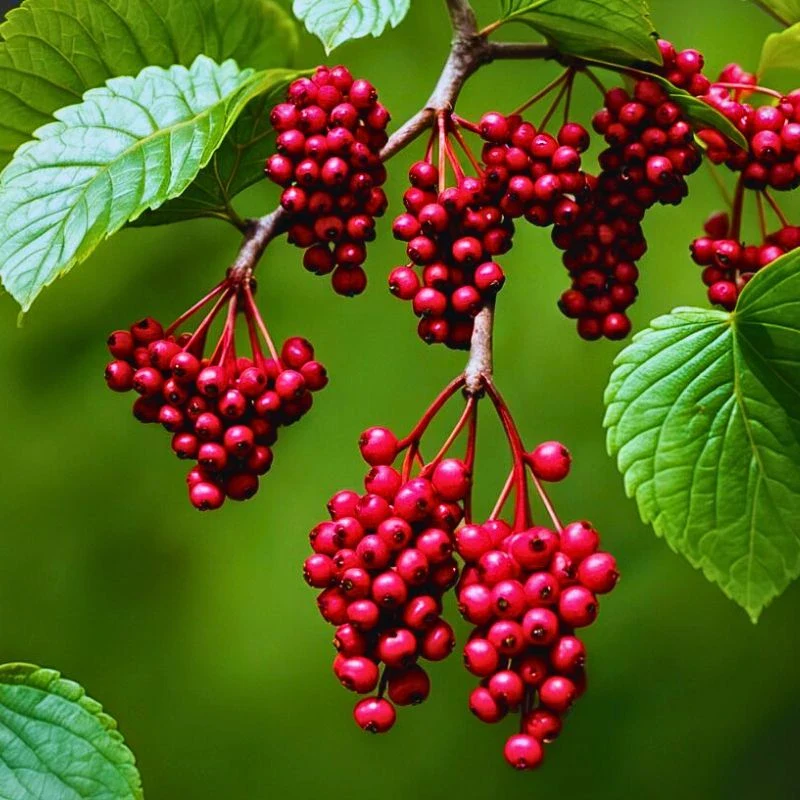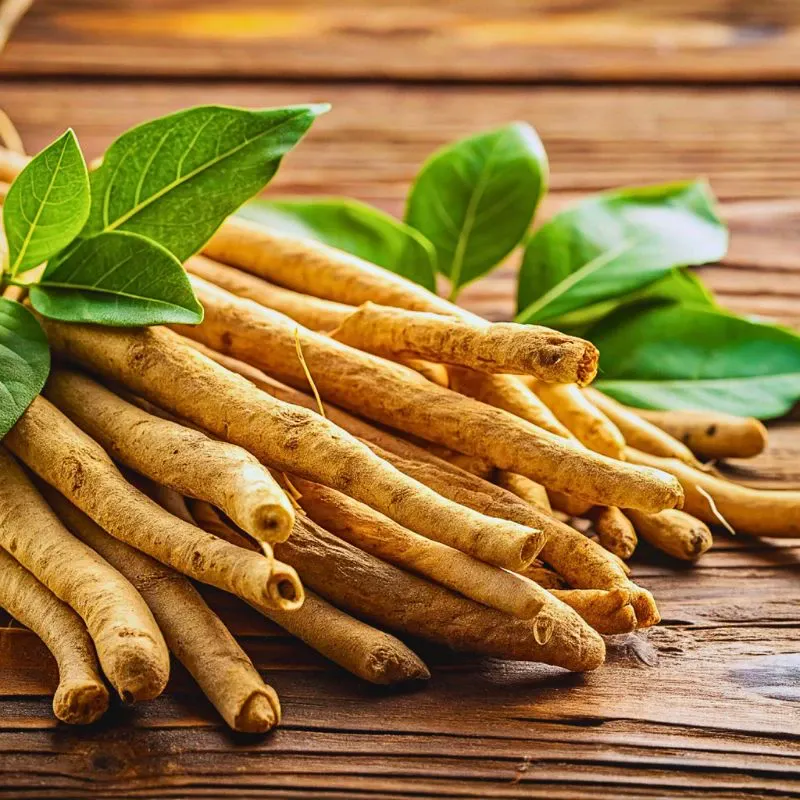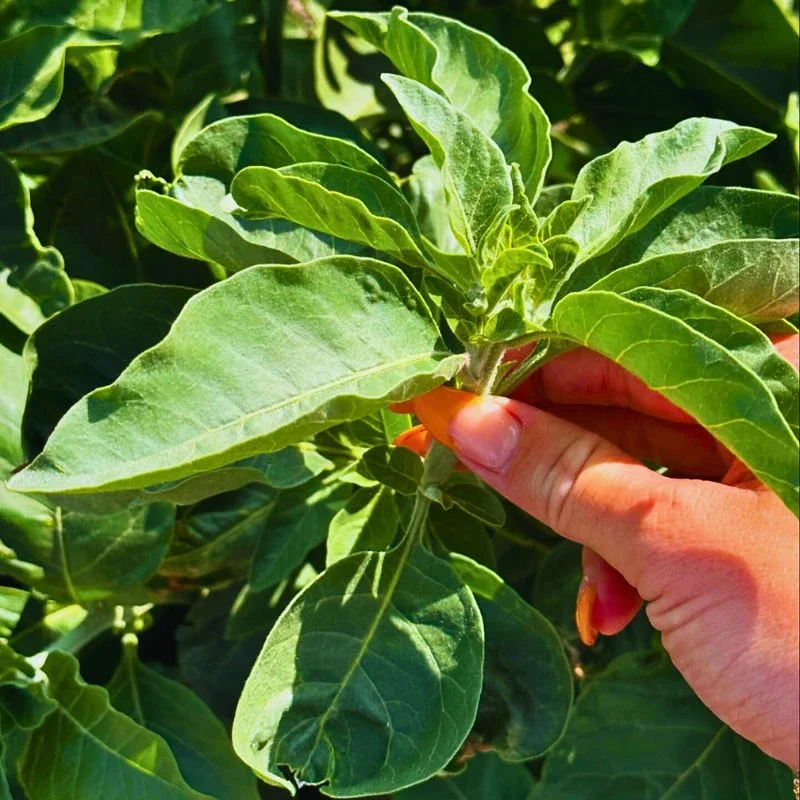Fragrant, graceful lavender, with its silvery-green foliage and spikes of purple, pink, or white flowers, is a perennial shrub and belongs to the mint family. Though grown throughout the world today, it's native to areas surrounding the Mediterranean and countries east of India. Whether you use lavender essential oil or drink lavender tea, there are many ways to enjoy this extraordinary plant. You may be wondering what is the lavender meaning, symbolism, spiritual meaning, and much more. In this article, you'll be able to learn everything about the lavender flower meaning.
Understanding Lavender Meaning - What This Beautiful Flower is All About and Its Uses in History
The fragrant, elegant lanveder is a perennial shrub that is a member of the mint family. It has silvery-green foliage and spikes of purple, pink, or white flowers. The lavender flower is native to places east of India and the Mediterranean region, but it is now grown all over the world and has several types of meanings and symbolisms with which people of different cultures can identify. The meaning of the lavender flower and its uses goes way back into history and you're about to know everything relevant to this beneficial and medicinal shrub.
Lavender flowers represent purity, silence, devotion, serenity, grace, and calmness. Purple is the color of royalty and speaks of elegance, refinement, and luxury, too. The lavender color meaning is also associated with the crown chakra, which is the energy center associated with higher purpose and spiritual connectivity.
Lavender has been used for more than 2,500 years for fragrances, therapeutics, and cooking and as an ornamental shrub. The Greeks profited from lavender oil's therapeutic qualities for relieving sore throats, headaches, and gastritis, while the Egyptians used it for embalming. The Romans, who carried it with them across the Empire, also made great use of it.
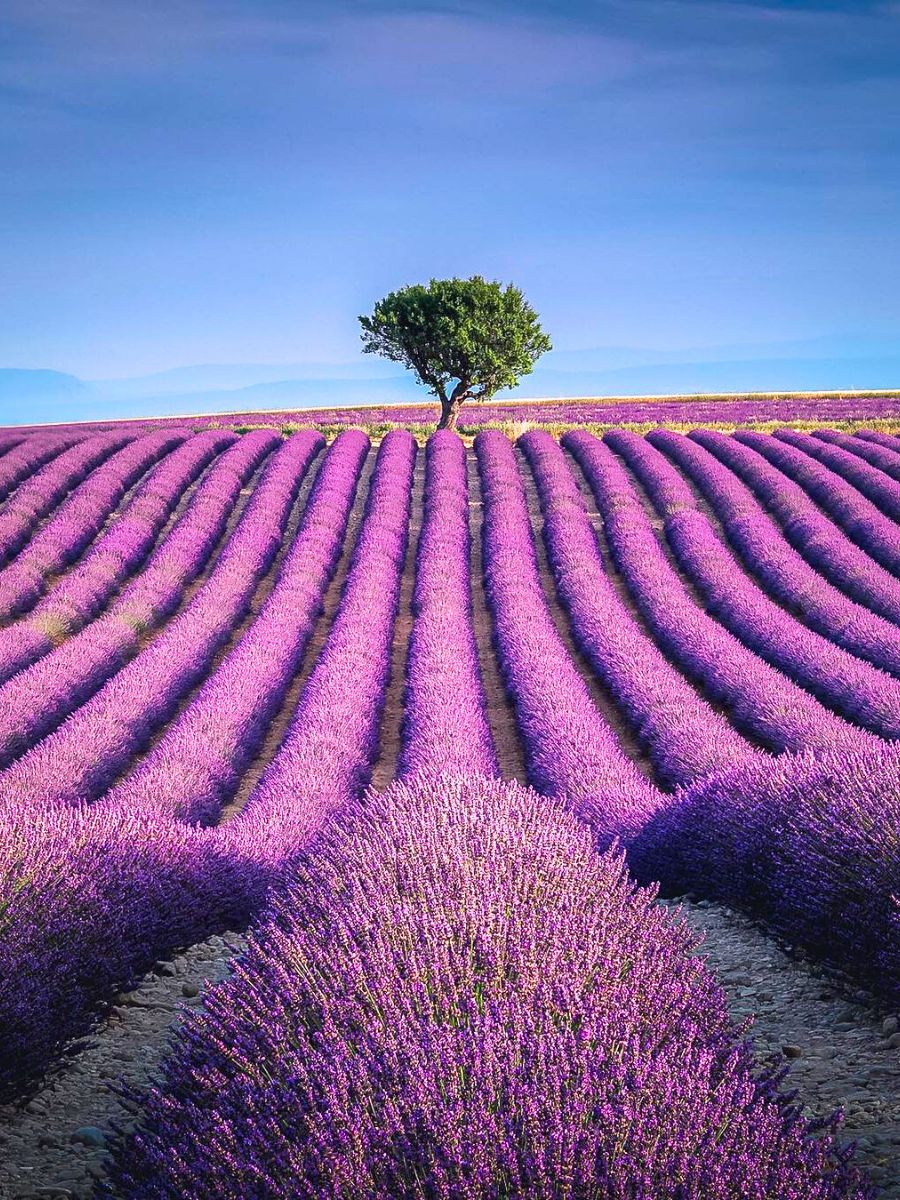
The Romans employed aromatic oil in their baths, and the word 'lavender' is derived from the Latin 'lavare', which means to wash. Lavender and its diverse meanings and uses have been utilized in sachets, potpourris, toilet waters, and perfumes since the Middle Ages and Renaissance. It is said to be one of the best medicinal herbs that aid in promoting better sleep quality and reducing stress when used as an aromatherapy oil. The oil's antibacterial qualities are also believed to prevent illness and cure burns and wounds. Lavender formulations used internally have been used to relieve headaches and stomach issues. Further in this article, its multiple medicinal uses will be discussed more so you can clearly understand lavender, its meaning, and its benefits for your health.
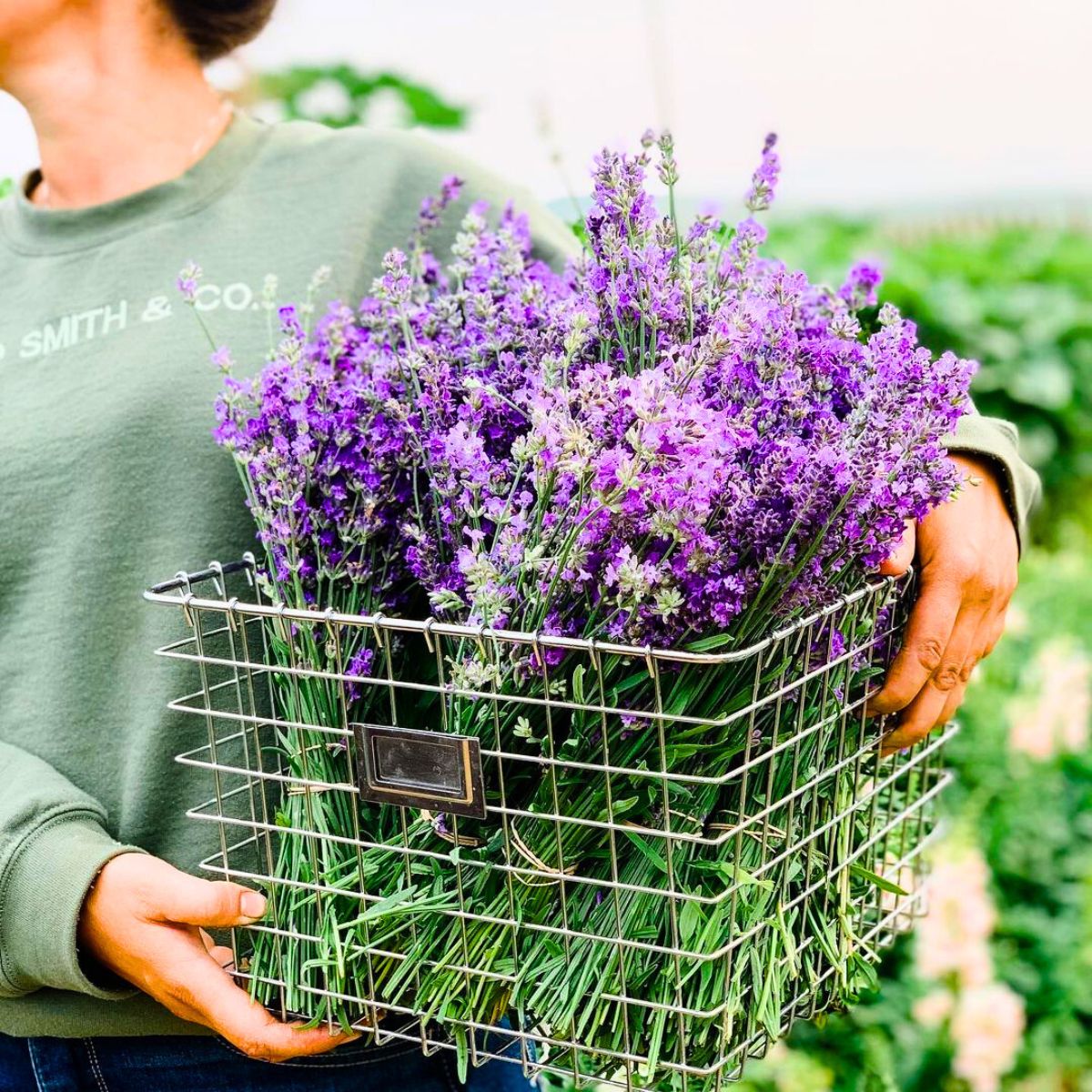
Photo: @primrose.lane.farm
Meaning of the Lavender Flower
Lavender meaning is rich in symbolism and history, making it one of the most beloved flowers worldwide. Known for its calming fragrance and beautiful purple blooms, the lavender flower has long been associated with peace, purity, and tranquility. The meaning of the lavender flower often extends to qualities such as devotion, calmness, and healing. In various cultures, it is also a symbol of love and is often used in aromatherapy to promote relaxation and reduce stress. Whether in gardens or as a scent in essential oils, the lavender flower's meaning continues to resonate with those who seek balance and serenity in their lives. Understanding lavender meaning offers insight into why this versatile plant has been cherished for centuries.

Photo: @sopheaslife
Lavender meaning also plays a significant role in flower bouquets, where it is often included for its symbolic qualities. When used in arrangements, the lavender flower conveys a sense of calm, tranquility, and grace, making it a popular choice for weddings, anniversaries, and other special occasions. Its soothing purple hue adds elegance to any bouquet, while the flower's meaning of devotion and loyalty enhances its emotional impact. Lavender is also frequently included in bouquets to express appreciation, love, and healing, making it a thoughtful gift for someone in need of comfort or encouragement. By incorporating lavender into flower arrangement, people are not only adding beauty to the bouquet but also infusing it with deep, meaningful symbolism that speaks to the heart.
Lavender Flower Color Meaning
Though not all Lavandula varieties are purple, the plant has always been associated with that color. As a result, the word is used in English to refer to a pale purple color. Purple has traditionally been associated with monarchy throughout Europe, the Mediterranean, and the North East. It is an extremely costly dye to create and a color that is rarely found in nature. Its use has been restricted to the wealthiest and the most powerful, whether by economic reality or a legal order, as in Byzantium.
These days, purple is associated with education, strength, and spirituality. It can act as a reminder that everyone possesses a royal side and is able to achieve profound insight and spiritual transcendence. Lavender is another sign of this. The spiritual meaning of flowers may also relate to the crown chakra, which is purple. You can communicate with the divine through this chakra. It is known that people can encounter their divine seed there.
Whether lavender is a flower or a fragrance, using its spiritual meaning in your meditation will help you focus on your relationship with your crown chakra. With its help, you may be able to connect with your own holy spark. As for the lavender color in fashion, it speaks of an elegant and royal charm (see these lavender homecoming dresses, for example). A lavender outfit will surely make you stand out in the crowd no matter what the event is.

Lavender Spiritual Meaning
The term lavender describes the 47 distinct flowering plants that belong to the genus Lavender. Native to the eastern hemisphere, these plants are found from England in the north to Egypt in the south, and from India in the east to Spain in the west.
That this plant has such profound spiritual significane for so many cultures is not surprising or that many holistic health approaches and folk medicine frequently use it. The spiritual meaning of lavender flowers has also remarkably not changed over time and here are a few of its spiritual meanings.
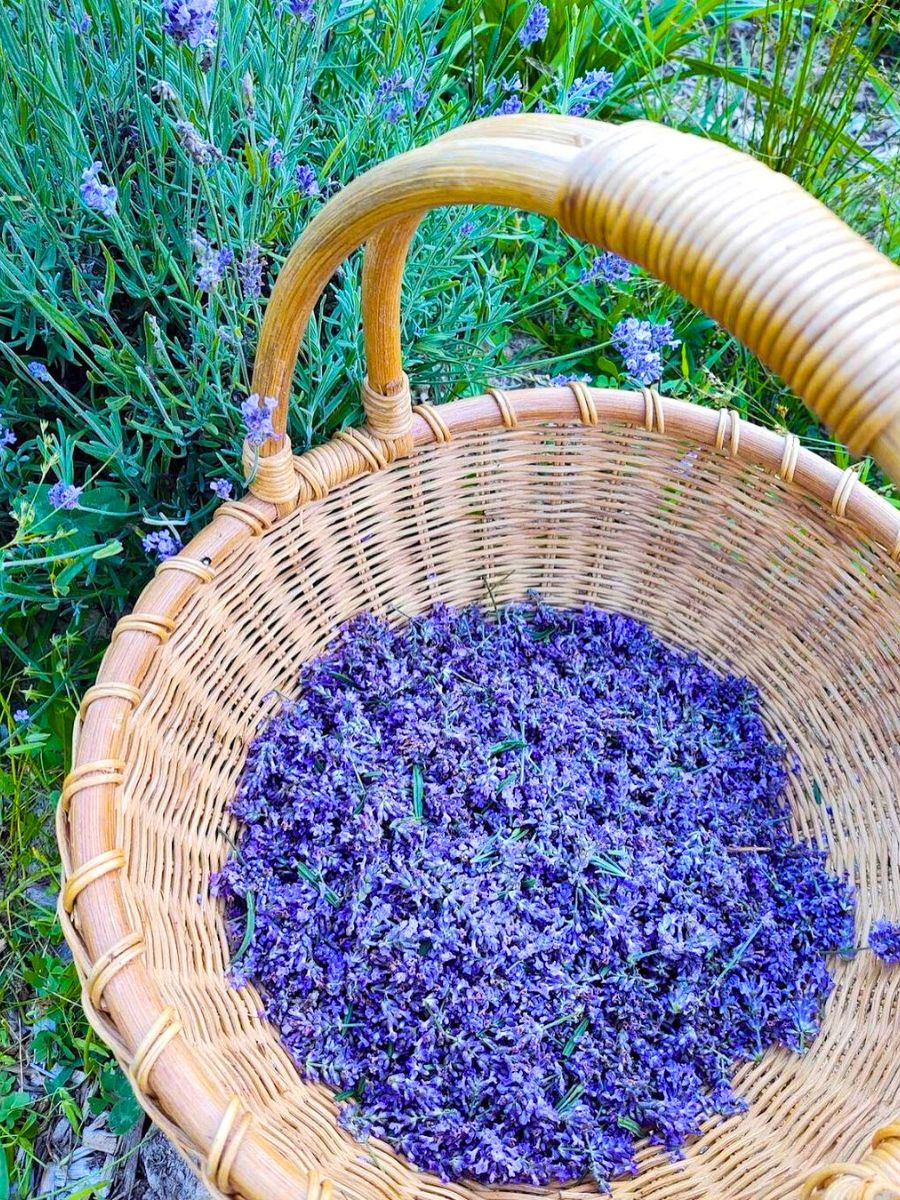
I. Lavender Was Used for Embalming in Ancient Egypt
Both the ancient Greeks and Egyptians were familiar with lavender. The herb was utilized in cosmetics and perfumes by wealthy Egyptians, Mummies were embalmed using it as well.
In truth, during an expedition to King Tutankhamun's tomb in the 1920s, Howard Carter claimed to have discovered dried flowers. The blossoms were still fragrant because of the dry Egyptian air!
The plantnardos were named after the Syrian city of Naarda by the ancient Greeks. The plant is still referred to as nard in ancient and medieval writings. The Greeks, like the Egyptians, utilized it for cosmetics and scent.
II. In Ancient Rome Lavender Was Linked to Cleanliness
It was the Romans who gave lavender its more modern name, after the verblavare, to wash. As that suggests, it was often used in soaps, toiletries, and cosmetics in ancient Rome, too.
These purple plants were so treasured that a pound of flowers cost a month's wages for a farm laborer.
III. Biblical Associations With Love and Luxury
The Greek term for lavender appears multiple times in the Bible. In the Bible, lavender's spiritual connotation is linked to both costly luxury and love. As a metaphor for each other's beauty, the Song of Solomon's lovers are both scented with real nard.
In the Gospels of Mark and John, Jesus's feet are anointed with nard perfume in the New Testament. Both tales highlight this perfume's high price and opulence.
Additionally, the flower is seen as a representation of the Virgin Mary. The spiritual meaning of lavender is innocence, serenity, and faithfulness, so it makes a fitting match.
IV. Medicinal Plant Since Ancient Times
Perhaps the spiritual significance of lavender and its therapeutic applications were more closely related in antiquity and the Middle Ages than they are now. Thus, tranquility and good health were linked to the spiritual significance of lavender.
The Roman Emperor Nero's personal physician recommended using the plant to treat battle wounds and to take it internally for sore throats and headaches. Additionally, the powerful yet mild scent was believed to treat sleeplessness and fumigate sick rooms.
Lavender's therapeutic benefits extend to the present day! During World War I, field hospitals were cleaned using the plant's essential oil, which possesses anti-bacterial and anti-inflammatory qualities.
Furthermore, lavender plays a significant role in contemporary natural medicine in New Mexico, even though the plant is not indigenous to the Southwest United States and was brought there by the Spanish in the 16th and 17th centuries. There, lavender's spiritual significance is also significant.
V. Lavender Spiritual Meaning in Ayurvedic Medicine
Additionally, Indian Ayurvedic treatment has a tradition of employing lavender's spiritual meaning. The Vata dosha, or energy, is thought to be balanced by this plant. In Ayurvedic medicine, it is mostly used to relieve menstruation discomfort. Teas can reduce the body's excess Vata, which causes painful periuods or dysmenorrhea.
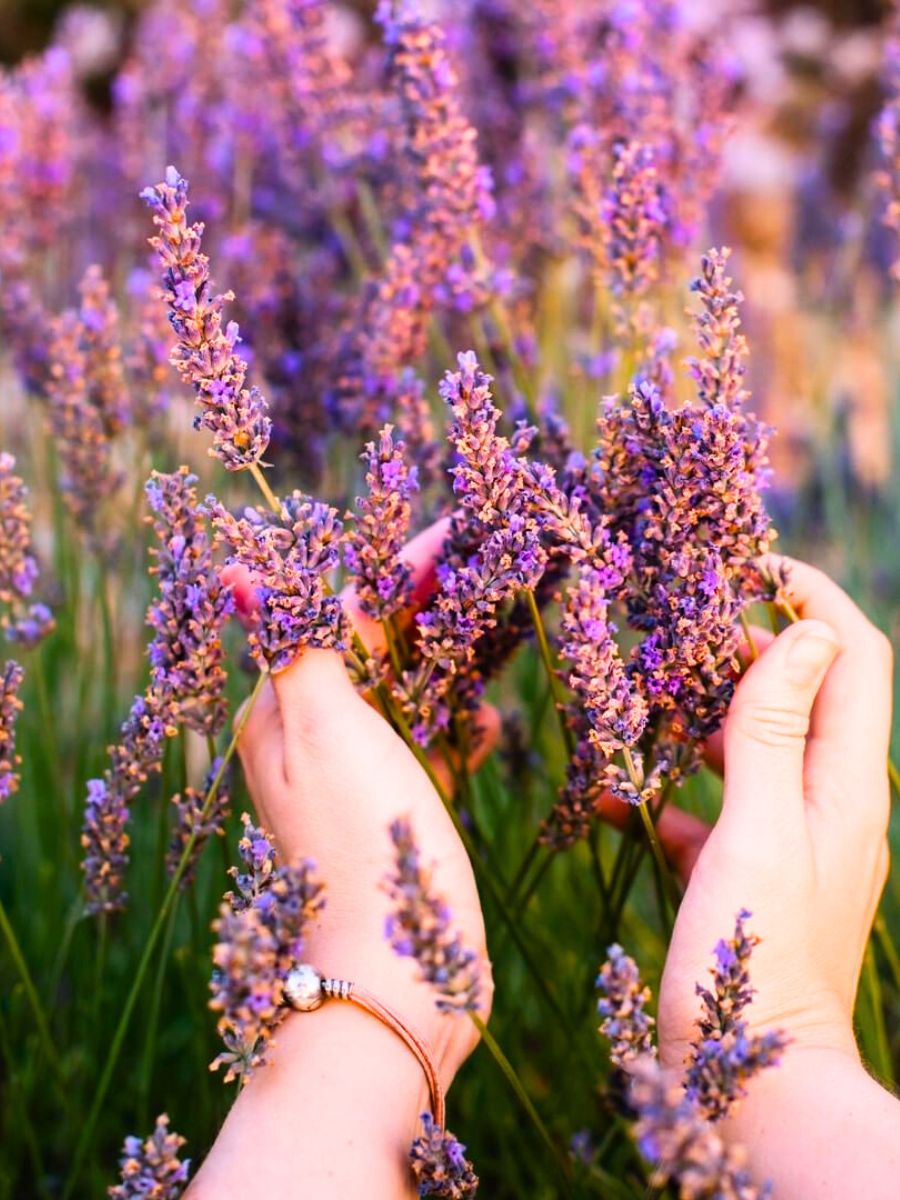
On the Other Hand, What's the Lavender Plant Meaning?
The lavender plant meaning is deeply rooted in both its symbolic significance and its practical uses. Renowned for its calming fragrance and purple flowers, lavender is often associated with peace, serenity, and healing. Throughout history, it has symbolized purity, calmness, and devotion, making it a powerful emblem of emotional well-being.
The lavender plant's soothing qualities have long been celebrated in aromatherapy, where its essential oils are used to reduce stress, alleviate anxiety, and promote restful sleep. In addition to its therapeutic properties, lavender has a rich cultural history, often linked with protection and purification. It was believed in ancient times to ward off evil spirits and to cleanse both the body and the home.
Lavender was also a symbol of loyalty and love, frequently used in wedding bouquets to represent the deep affection between couples. The plant' graceful appearance, combined with its multifaceted meanings, has made it a beloved symbol in both personal and spiritual contexts. Whether planted in gardens, used in essential oils, or gifted in bouquets, the lavender plant meaning continues to resonate, offering a sense of peace and healing.
Lavender Tattoo Meaning and Why This Tattoo Is So Popular
A lavender tattoo carries a variety of meanings, drawing on the plant's rich symbolism and cultural associations. Lavender itself is a flower that is cherished for its beauty, scent, and healing properties, and when linked on the skin, it can represent numerous emotional, spiritual, and personal themes.
Here's a deeper look into the different meanings a lavender tattoo can hold:
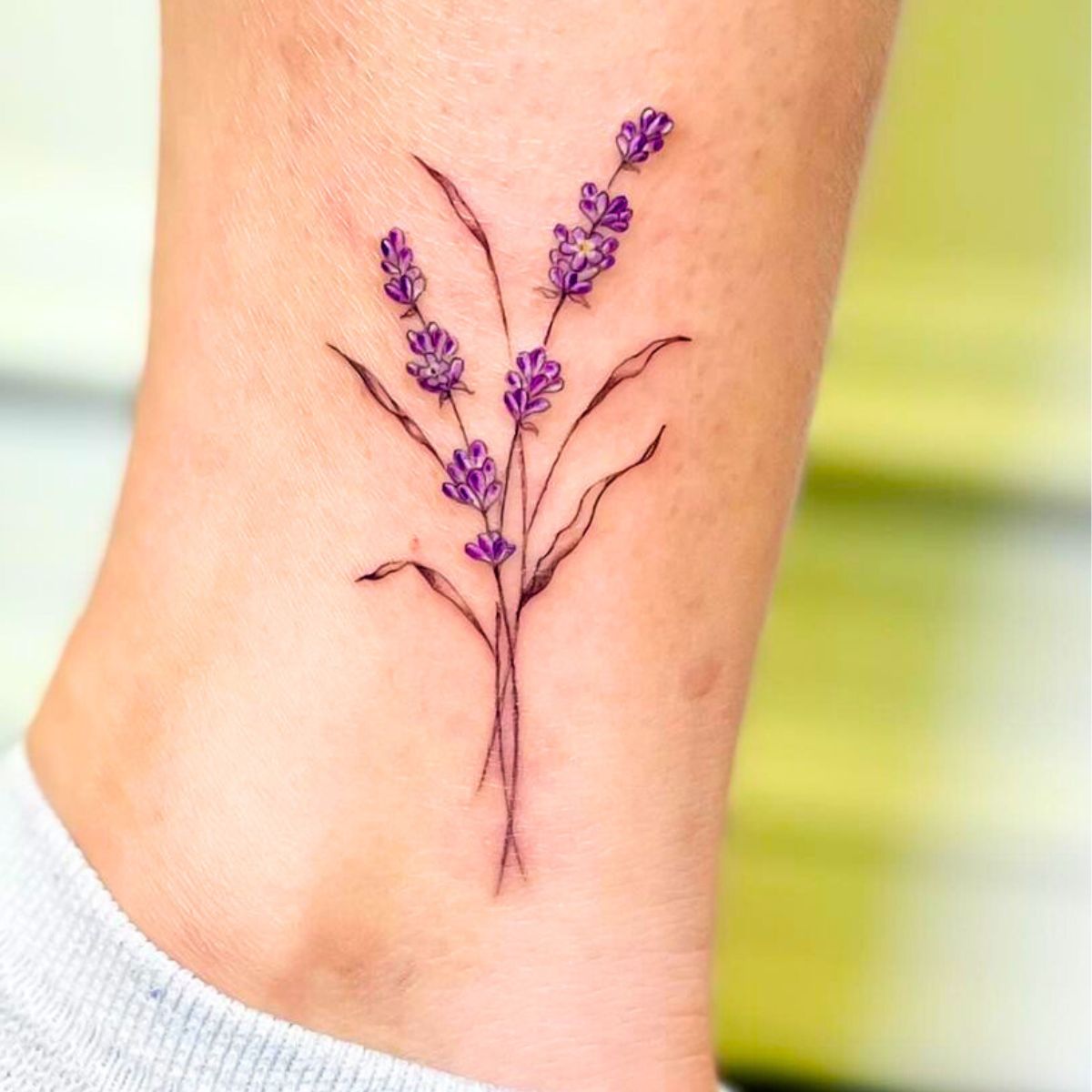
1. Healing and Calmness
Lavender is widely recognized for its soothing, calming effects. The flower is often used in aromatherapy to promote relaxation, reduce stress, and ease anxiety. Because of this, a lavender tattoo can symbolize personal healing - both emotional and physical. It can be a reminder of someone's journey through difficult times or a tribute to overcoming anxiety, trauma, or mental health struggles.
2. Resilience and Strength
For individuals who have faced hardships - whether in the form of personal loss, health battles, or emotional pain, the lavender tattoo can be a symbol of strength through adversity. It represents the ability to bloom and thrive even in challenging circumstances.
3. Spirituality and Purity
Lavender is also linked to spiritual themes, particularly in various healing and religious traditions. The color purple, which lavender embodies, is associated with higher consciousness, spirituality, and connection to the divine. For some, a lavender tattoo can symbolize spiritual growth, enlightenment, and the pursuit of inner truth.
4. Love and Devotion
In many cultures, lavender has been used as a symbol of love, devotion, and fidelity. It's often linked to romantic love because of its association with sweetness and purity. A lavender tattoo could therefore symbolize deep affection for a partner, family member, or friend. For those who have lost loved ones, a lavender tattoo can also represent remembrance and ongoing love, serving as a tribute to someone special who has passed.
5. Femininity and Grace
Lavender is often seen as a symbol of femininity, largely due to its gentle color and delicate form. While the term 'feminine' can carry different meanings for different people, lavender's soft, nurturing qualities often evoke images of grace, beauty, and quiet strength. For many people, a lavender tattoo can symbolize the elegance and resilience that is often associated with the feminine experience.
6. Memory and Remembrance
The association of lavender with remembrance, particularly in the context of grief and loss, makes it a meaningful symbol for honoring those who have passed. The flower's gentle nature and subtle fragrance evoke a sense of reverence, and it is often used in funerals or memorials. A lavender tattoo could thus serve as a permanent reminder of someone special, a way to carry their memory forward. It could symbolize love and the ongoing connection between the person and the tattoo wearer.
7. Purity and Renewal
In addition to love and devotion, lavender can also symbolize purity. It's often seen as a cleansing and renewing force, representing a fresh start or the washing away of negativity. A lavender tattoo might be a reminder to maintain one's inner purity, to embrace a new chapter in life, or to let go of past burdens in order to move forward with a clear, open heart.
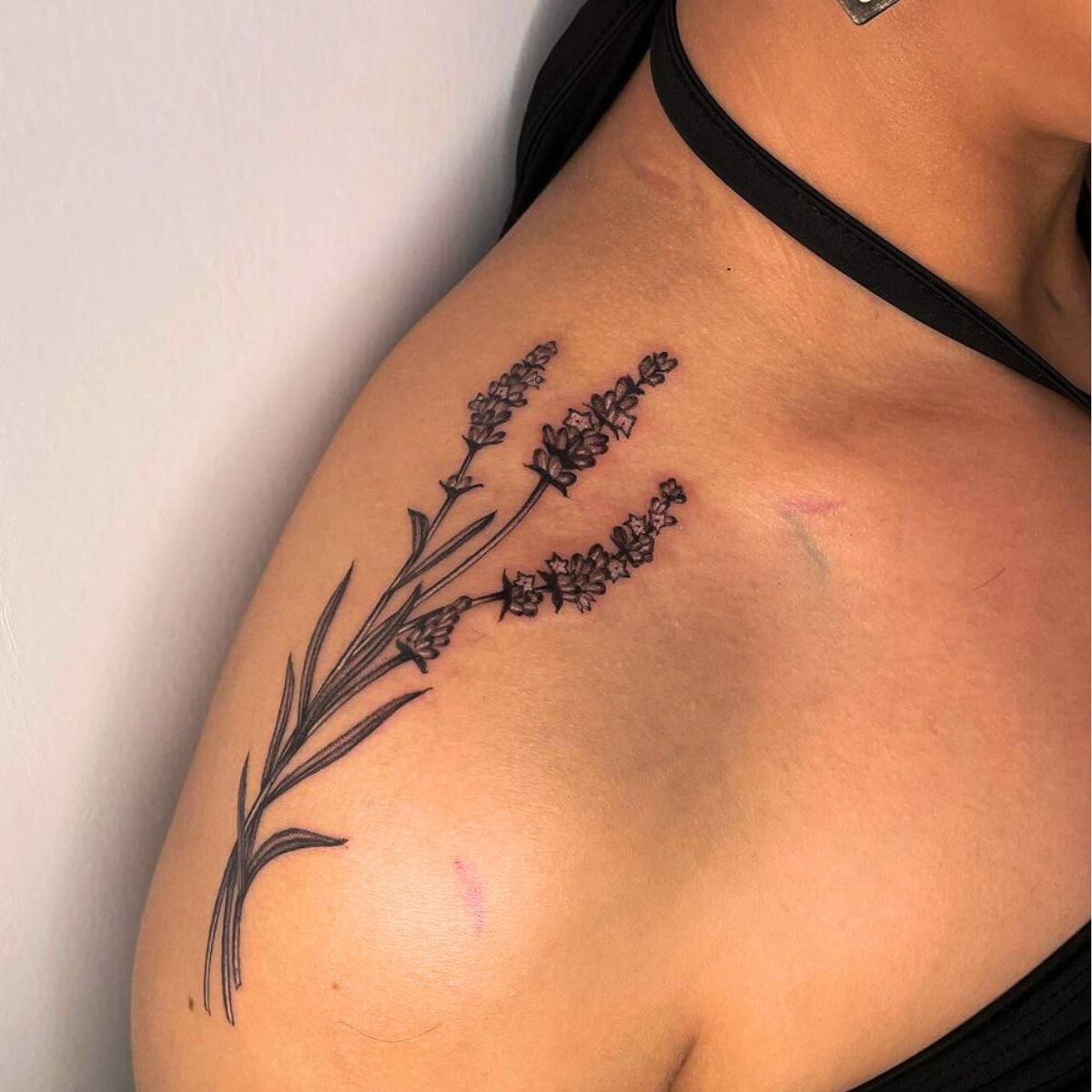

What is your favorite thing about lavender? It's an amazing flower for sure!





